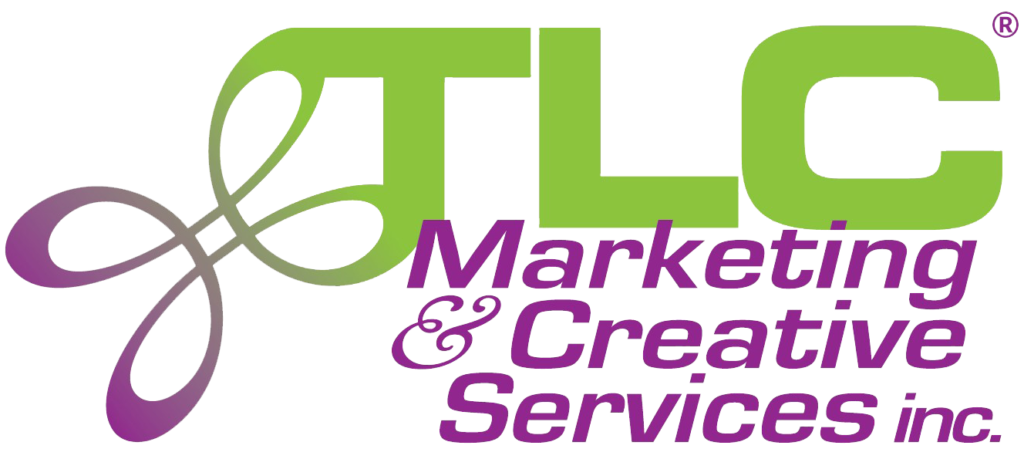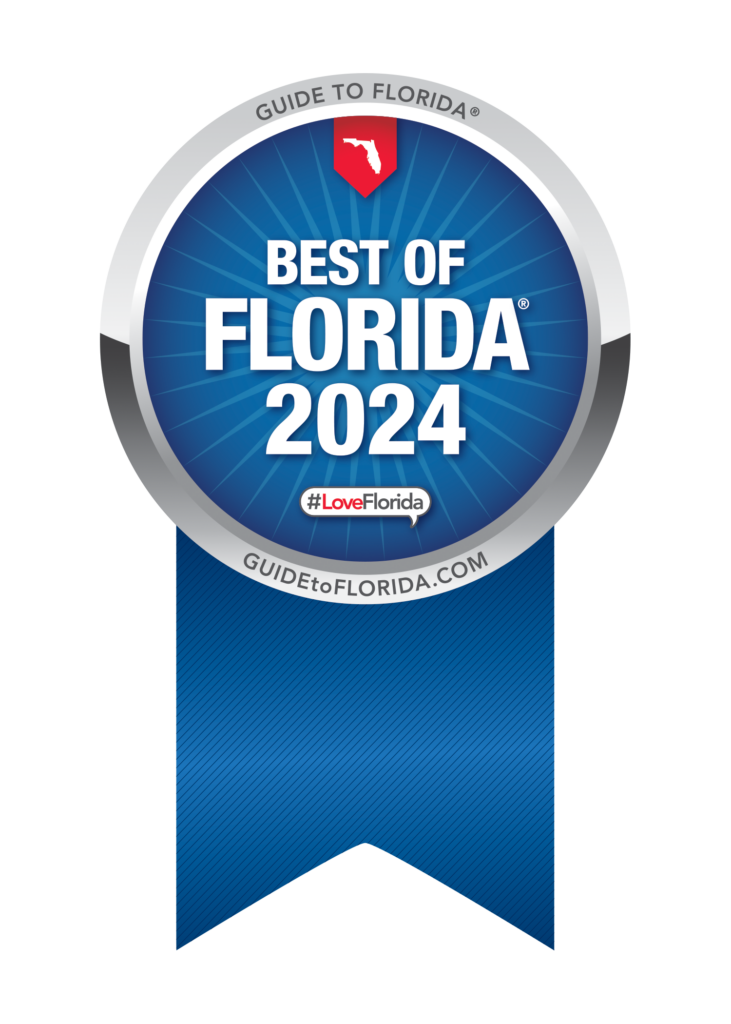Message Mapping: The Storytelling Framework That Elevates Your Brand
Whether you’re preparing for a media interview, crafting a campaign, or aligning your team’s communication, message mapping is a powerful tool that helps you stay focused, clear, and consistent. At its core, a message map helps you organize your key messages around a central idea, so you can tell your story in a way that resonates with your audience—and sticks.
What is a Message Map?
A message map is a visual representation of your core message, supported by key points and proof that help reinforce it. It typically starts with a central message or “home base” surrounded by 3-4 key supporting messages, each backed up with facts, examples, statistics, or anecdotes.
Think of it like this:
- Core Message: Your core message is the heart of the map—your one central idea or positioning statement. This is the main takeaway you want people to remember. It should be clear, emotionally engaging, and no longer than 1–2 sentences.
- Supporting Messages: What are the main reasons or benefits that reinforce that message? These are 3–4 key messages that support and reinforce your core idea. They explain why your core message matters and help you address different audience values or pain points. Think of them as your main proof points, talking pillars, or “mini-messages” that break down your story.
- Proof Points: What facts, data, quotes, or stories support those reasons? Each supporting message should be backed up with evidence. This could include:
- Data or statistics
- Anecdotes or testimonials
- Quotes from credible sources
- Case studies
- Research findings
- Visuals or stories
Depending on your goals, you can also add:
- Objection Handling: Anticipate questions or pushback and prepare answers.
- Audience Segments: Tailor variations of your supporting messages for donors, media, policymakers, or customers.
- Call to Action (CTA): End every map with a clear action—donate, sign up, learn more, volunteer, etc.
Why Message Mapping Works
Message maps aren’t just about simplifying communication—they’re about making it memorable. In a world flooded with information, message mapping helps:
- Keep messaging consistent across teams and channels
- Equip spokespeople with ready-to-go talking points
- Build audience trust by being clear and confident
- Save time and avoid going off-message
Whether you’re a nonprofit, a public agency, or a business launching a new product, a message map can keep your story centered on what matters most—your audience and your mission.
Pro Tip: Use Message Mapping for More Than Media
While originally designed for public relations, message maps are incredibly useful for:
- Grant writing
- Email marketing
- Social media content
- Fundraising pitches
- Staff onboarding
- Board advocacy and public speaking
If you’re telling your story anywhere—message mapping helps you tell it better.
Next Steps to Implement Message Mapping
- Reach out to us if you’d like a custom message map designed for your organization or campaign.
- Understand Your Audience: Conduct thorough research to grasp your audience’s needs, motivations, and challenges.
- Define Your Core Message: Determine the primary takeaway you want your audience to remember.
- Develop Supporting Messages: Identify key points that reinforce your core message.
- Gather Proof Points: Collect data, anecdotes, or testimonials that support each key message.
- Create Your Message Map: Use the template to visually organize your core message, supporting messages, and proof points.
- Test and Refine: Share your message map with stakeholders or a sample audience to gather feedback and make necessary adjustments.
- Implement Across Channels: Ensure all team members and communication platforms utilize the message map for consistent messaging.
- Review and Update Regularly: As your organization evolves, revisit and revise your message map to keep it relevant.
By following these steps and utilizing the provided resources, you can effectively implement message mapping to enhance your brand’s communication strategy.





